What are the most relevant and exciting trends for 2024? In this article, I discuss my fascination with technological developments, such as artificial intelligence
But not only technology is relevant. What is going on around climate change and what are social issues?
These are the parts of this article:
- Artificial intelligence (with 5 sub-themes);
- Energy transition progress;
- Geopolitical tensions.
At the bottom of this article, you can leave a comment if you have a question or comment.
If you would like to hire me for a lecture or presentation on this topic, please contact me. Or check out the Trends 2040 page first for more information, examples and references.
What will happen around artificial intelligence in 2024 and beyond?
Artificial intelligence everywhere
The year 2023 is considered by many to be the breakthrough of artificial intelligence. This was mainly due to the introduction on Nov. 30, 2022, of ChatGPT by OpenAI. The technique behind this chatbot, a Large Language Model, is just one of several methods within artificial intelligence. I use the image below during lectures to explain the differences.
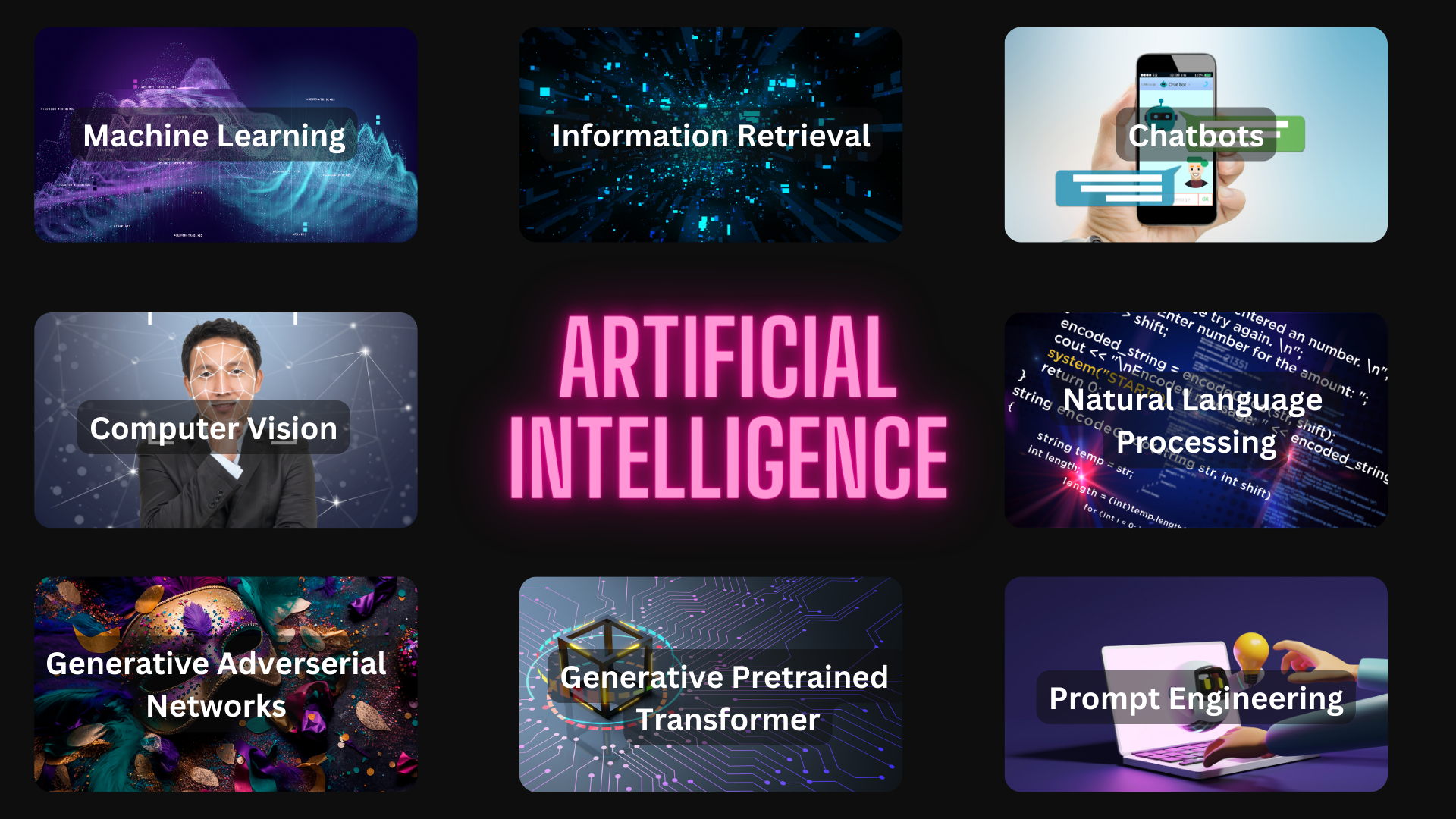
So much is happening within artificial intelligence, or artificial intelligence (AI). Which direction it will go, that is hard for even me as a futurist to say. Still, I can highlight some specific lines:
- AI as a General Purpose Technology
- Multimodality and Samantha from Her
- Greater impact on health care
- AI as a gadget
- More regulation expected
1 AI as a General Purpose Technology
Much technology that has a huge impact on our society has become invisible. These technologies are so normal and so woven into everything we do that it’s easy to forget how important they actually are in our lives. Think of electricity, the train, printing, the internal combustion engine, computer chips or the Internet.
These types of techniques are also known as General Purpose Technologies. When one is invented, society changes in almost every way.
In short, if it is not already: AI is going to impact all industries and all areas of society, such as healthcare, security and social contact. Undeniably, it will change your work, if it hasn’t already.
2 Multimodality
Multimodality is the next development within artificial intelligence software. A difficult word, but it means that AI understands more and more about the context of images. The systems learned this by analyzing vast amounts of videos, photos and their descriptions.
The AI systems use different neural networks to do so. As a result, it can deal with different types of input and respond in different ways.
Understanding context
Context was difficult to capture by AI until previously. We as humans are very good at understanding context. That’s because of our experience. For example:
- When a waiter points to an empty plate and asks how it tasted, we understand that the waiter is curious about the quality of the dish.
- When an actor in an exciting movie walks through a dark, abandoned house, we sense that something dangerous is about to happen.
- If it is raining and someone says it is wonderful weather, we know that person is making a sarcastic remark.
Pros and cons
The fact that AI software is getting better at understanding this kind of context presents some nice opportunities. For example, it may help you better send an email to a colleague if the software can better assess the sensitivities of that person and your relationship.
The disadvantages are also obvious. Malicious parties, whether hackers, criminals, companies or governments, can use this new functionality for profiling, surveillance or censorship.
Samantha from Her is Here
The movie Her with actors Joaquin Phoenix and Scarlett Johansson is one of my favorite science fiction movies. That film revolves around Theodore (Phoenix) falling in love and having a relationship with OS1, an operating system (Johansson). An artificial intelligence with a “real” voice that you can have conversations with.
With the recent updates in ChatGPT, that world seems awfully close. After all, you can now talk to the app AND the system understands context better and better. The latter element also comes out nicely in Her, where OS1 has personal conversations with Theodore and jokes.
3 Impact on health care
During lectures, I usually tell people that my career began at the Maxima Medical Center, a hospital in Veldhoven, the Netherlands. In early 2016, I received an email if I wanted to attend a lecture at a symposium they were organizing with ASML. Whether I wanted to speak, because “you are the patient from the future”.
Would you like to join us to speak? You are the patient from the future.
E-mail from the Maxima Medical Center in Veldhoven, Netherlands
I reviewed the presentation from back then. Then I talked about artificial intelligence as one of the most important developments in health care. And yes, plenty has happened in the intervening years in this area.
Still, I’m kind of impressed with what’s happening now.
What I’m going to pay attention to
In the coming period, I am going to pay particular attention to these systems:
- Google Med-PaLM 2. This is a Large Language Model specifically focused on medical questions. Google is rolling out the second version of Med-PaLM to some of its Cloud customers. According to their own research, Med-PaLM 2 scores over 86% accuracy on the United States Medical Licensing Examination (USMLE) (up from 67% with an initial version of the language model).
- GPT-4V and especially image recognition (V of vision). In this paper, Yang and other Microsoft researchers show that the model successfully interprets an abdominal X-ray and an MRI image of a knee.
4 ChatGPT as a gadget
Last year, artificial intelligence became tangible through ChatGPT’s chatbot. Before that, AI was less visible. Think of the algorithms in Google Maps that calculate the optimal route or the mathematical models that give recommendations in Netflix, Spotify or in Web shops.
The question is: what next? In The Verge, I read this article about OpenAI’s possible collaboration with Jony Ive. Ive is a designer and is best known as Apple’s Chief Design Officer. Along with the late Steven Jobs, Ive had decisive input into the design of Apple products such as the first iPods (2001), iPhone (2007) and Apple Watch (2014). Sources say Ive needs to get to work to provide a “more natural and intuitive user experience” for AI users.
Meta and Apple
Other tech companies are not being left behind. Meta announced a partnership with Ray-Ban. Smart glasses as an artificially intelligent assistant.
What about Apple? According to this Bloomberg article, the company was somewhat surprised by the progress at OpenAI and Google. In doing so, CEO Tim Cook says they have been working on generative AI for years. For example, they released their large language model Ajax in the summer of 2023 and are internally testing the chatbot Apple GPT. The projection is that by 2024 they will spend over $1 billion on further development.
Apple users are probably going to notice the first applications in applications such as Apple Music (smart playlists like Spotify also does), Pages (suggestions and brainstorming in documents) and Keynote (automatic creation of slides).
5 More regulation expected
In recent months, researchers and journalists have also increasingly shown the downside of artificial intelligence. Think of the energy usage, microwork, and disinformation campaigns.
AI Safety Summit
For this reason, artificial intelligence is receiving increasing attention from administrators, politicians and policy makers. Most of the attention in late 2023 was on the AI Safety Summit at Bletchley Park in England.
According to experts, the meeting was a reasonable success, but plenty of questions remain unanswered. What legislation is appropriate? Some agencies, such as the European Union with the AI Act, take a risk-based approach. For example, stricter rules for applications in healthcare, than for an application in a word processing program.
Who is going to do it?
Another issue is who makes, monitors and enforces the rules. The European Union wants to create a new institute. Some experts call for a global variant, similar to the Intergovernmental Panel on Climate Change (IPCC).
Joachim de Greeff, AI researcher at TNO, points out in an interview that legislation is not the only remedy. “European legislation helps, but more investment in knowledge, people and international cooperation is badly needed.”
European legislation helps, but more investment in knowledge, people and international cooperation is badly needed.
Joachim de Greef, AI researcher TNO
What is the state of the climate crisis and energy transition?
Energy Transition
Like artificial intelligence, renewable energy is a technology field that is rumbling along. We need to, because the predictions are from climate models are depressing.
Still we as humanity are on a disaster course resulting in (even) hotter summers, species extinction, more extreme weather and rising sea levels.
Relating differently to nature
As in my article on trends 2023, I am still wondering if technology is the solution. Because global warming, decline in biodiversity and other catastrophic consquences also require a different way we relate to nature.
In that light, I highly recommended the book The Web of Meaning. In it, author Jeremy Lent explores how it is that we as humans have become alienated from our environment, nature and animals. According to him, more technology is not the answer. It starts with a different basic attitude toward the planet.
In short, the earth is not there to be used endlessly, but we must live with it equally.
Spectacular developments
When we do look at technological developments, there are spectacular ones. Clean energy from wind and solar is getting cheaper every day. Much faster than anyone thought, even in the most optimistic climate scenarios.
The reason is that the cost of this technology, especially photovoltaics (converting sunlight into electricity), is going down exponentially. This effect does not apply to fossil fuels. Indeed, it is becoming increasingly costly to win them.
Meanwhile, the International Energy Agency states in its Outlook 2023 that the transition to renewables is “unstoppable. By 2030, clean energy will provide half of the world’s needs.
EU Directives
Yet technology is not the only driver of the energy transition. Policy also plays a role in this. For example, companies in the European Union will have to report on their sustainability starting in 2024. This is the so-called Corporate Sustainability Reporting Directive (CSRD).
In the elaboration of the CSRD, 12 standards were established. These cover environmental issues (such as CO2 emissions and water consumption), social issues (such as employee diversity) and governance issues (think anti-corruption policies). Initially, it is mandatory for larger companies.
The idea is that the CSRD report contributes to understanding how sustainable the company is and provides the basis for the conversation with stakeholders. I wonder if stakeholders, such as shareholders or customers, really value this reporting much.
Special discoveries
When it comes to the energy transition and sustainability, here are a few more unusual discoveries:
- An article in The Economist about using salt in batteries instead of lithium. Salt can be found everywhere, and easily mined without major environmental damage. Preliminary disadvantage: salt is heavier than lithium and has lower energy density.
- An article in Wired about researchers growing fruits and vegetables on rooftops, under solar panels.
- An article in The Guardian about scientists growing plastic-eating bacteria. These organisms can then hopefully one day recycle plastic without loss of quality. The first plastic recycling brewery is now in France. The payoff: 50% less CO2 emissions and no oil needed.
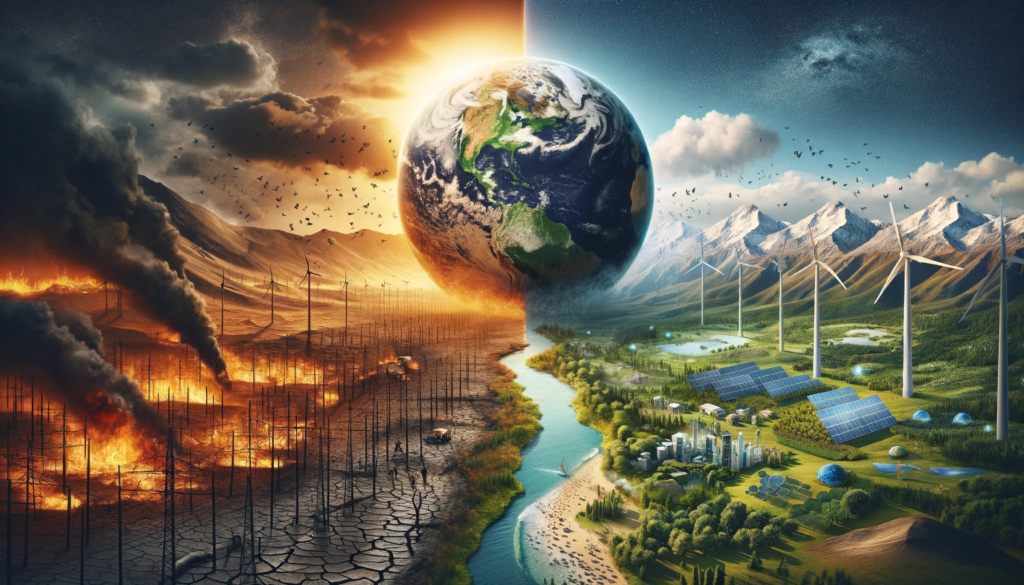
What are geopolitical developments to keep an eye on?
Geopolitical tensions
What will happen geopolitically in 2024 and beyond? Last year, 2023, does not bode well with the war in Ukraine and Gaza.
All of the above trends are related to geopolitical tensions, certainly climate change, the energy transition and artificial intelligence.
China and chips
Take AI. One of the best books I read recently is the book Chip War. Author Chris Miller convincingly shows the role the development of computer chips has played in the economic and military dominance of the United States over the past 50 years.
Now the situation is changing. For several years, China and the United States have been in a trade war over computer chips. A complicating factor here is that TMSC is the market leader in chip manufacturing. TMSC is based on Taiwan, an island that China sees as part of its country.
For the latter reason, several experts argue that a Chinese invasion of Taiwan is a real possibility. The question then is how the United States will respond, especially with its current support for Ukraine, among others. And if it comes to a Chinese incursion into Taiwan, it will have far-reaching implications for the supply of chips and thus the global economy.

Europe needs to wake up
What does this conflict over Taiwan mean for Europe, in addition to the war in Ukraine and the struggle in Gaza? Caroline de Gruyter wrote this good column about it in the NRC. ‘Our new world order is no order’. According to her, Europeans must quickly wake up from the dream of eternal peace and stability.
If you would like to hire me for a lecture or presentation on this topic, please contact me. Or check out the Trends 2040 page first for more information, examples and references.

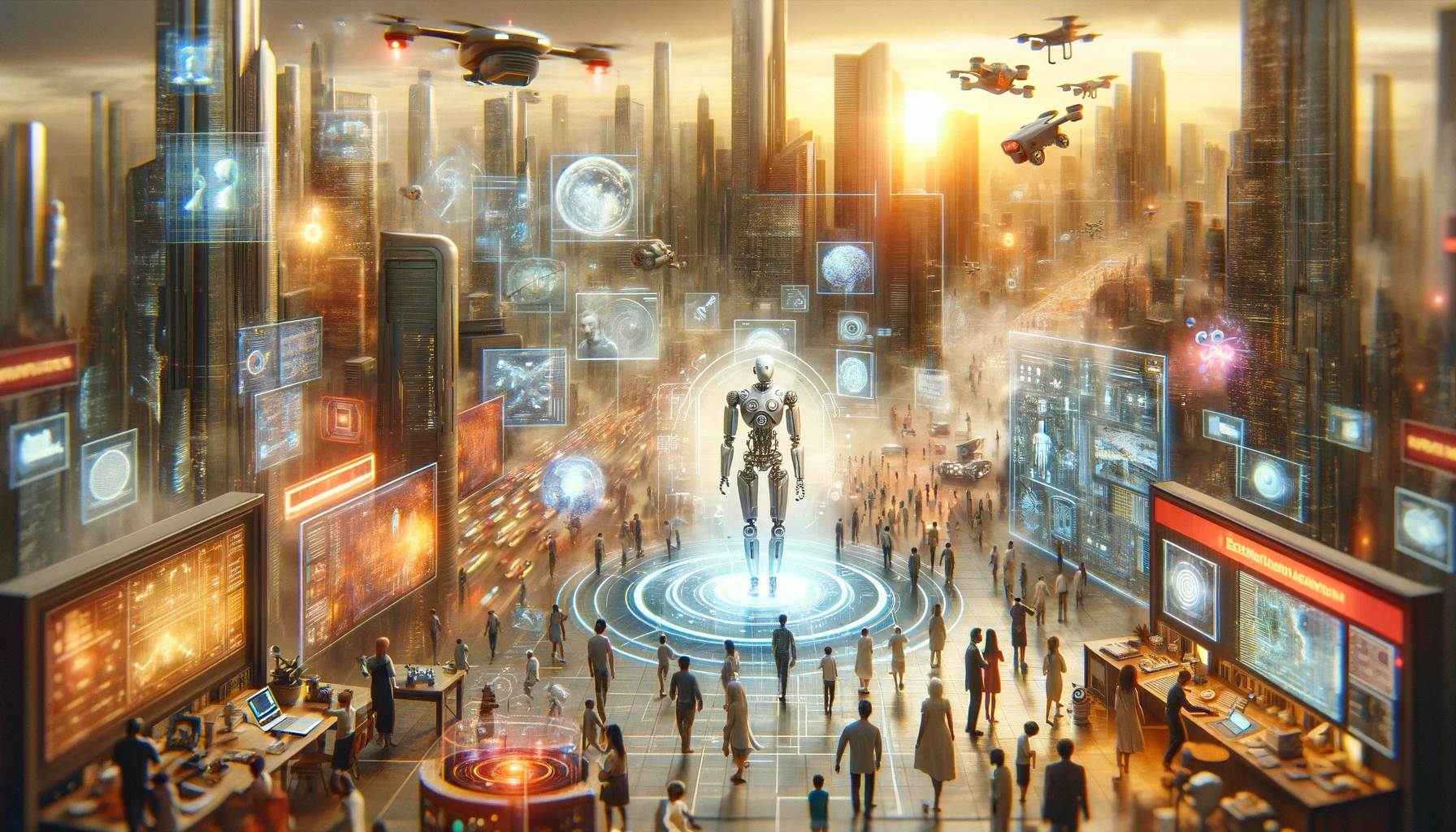
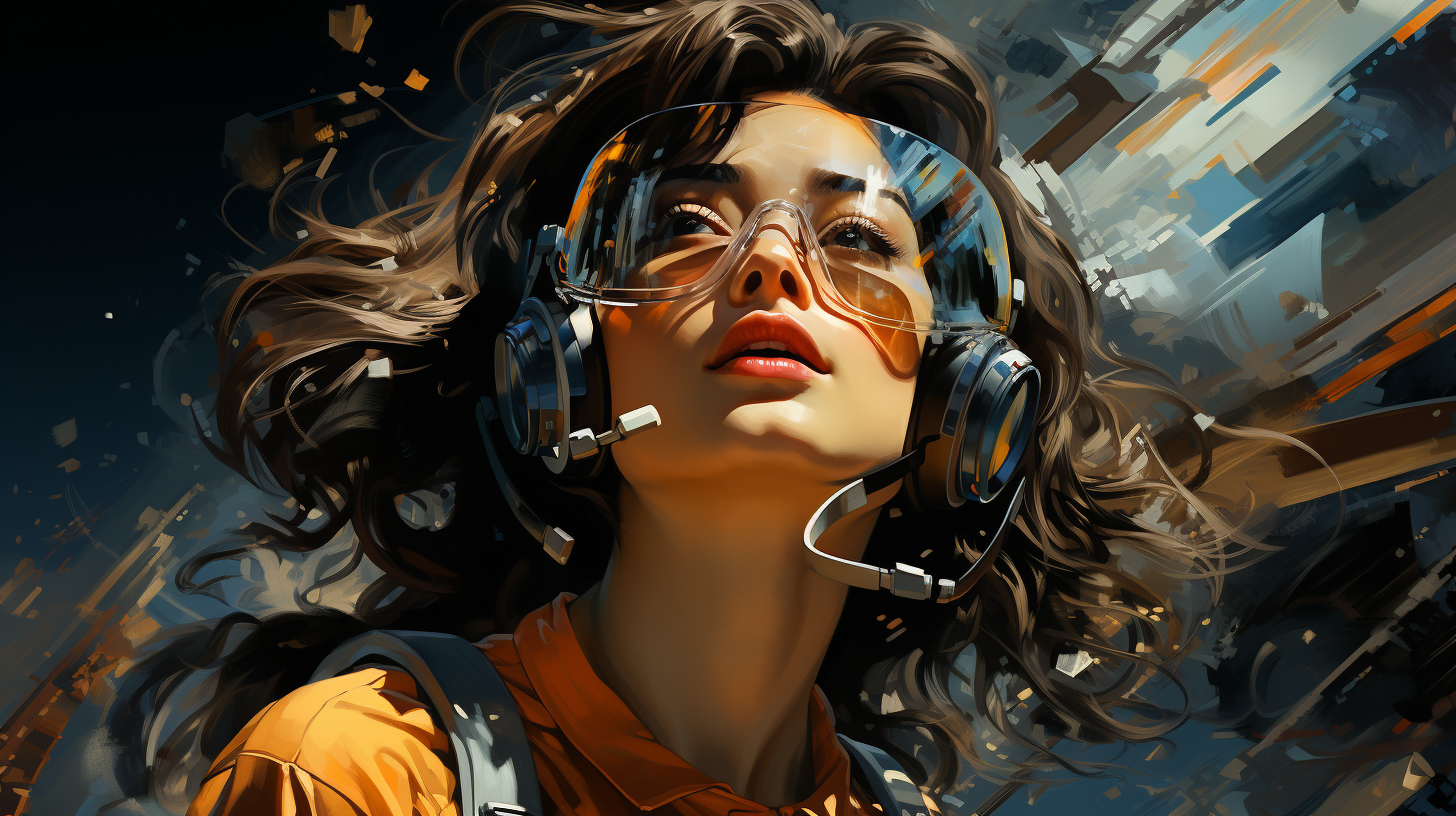
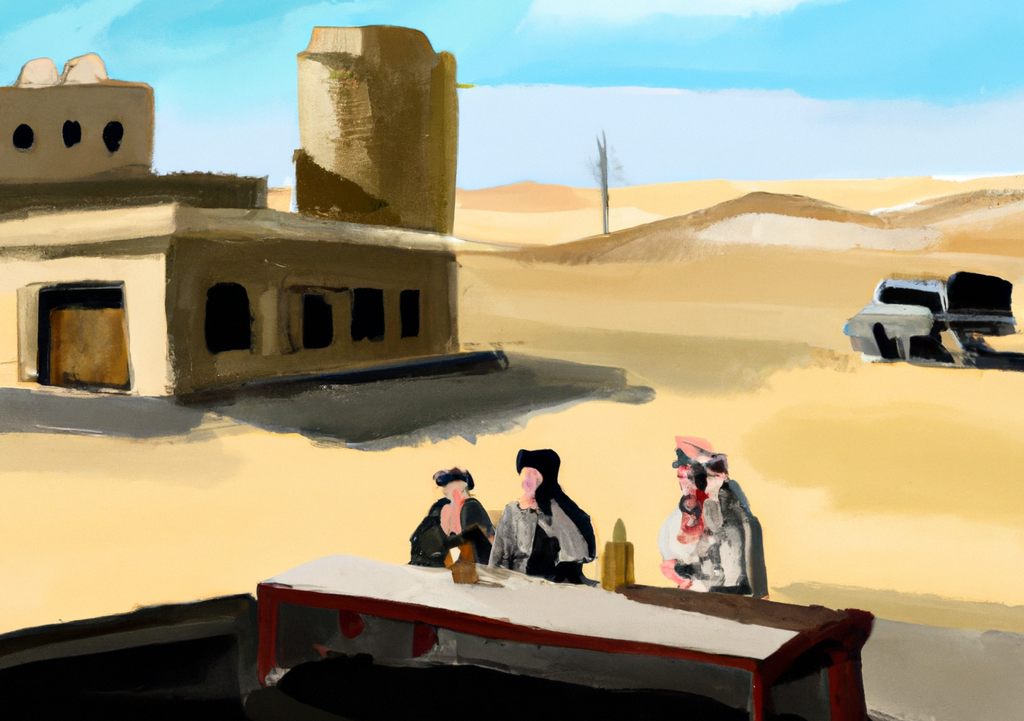
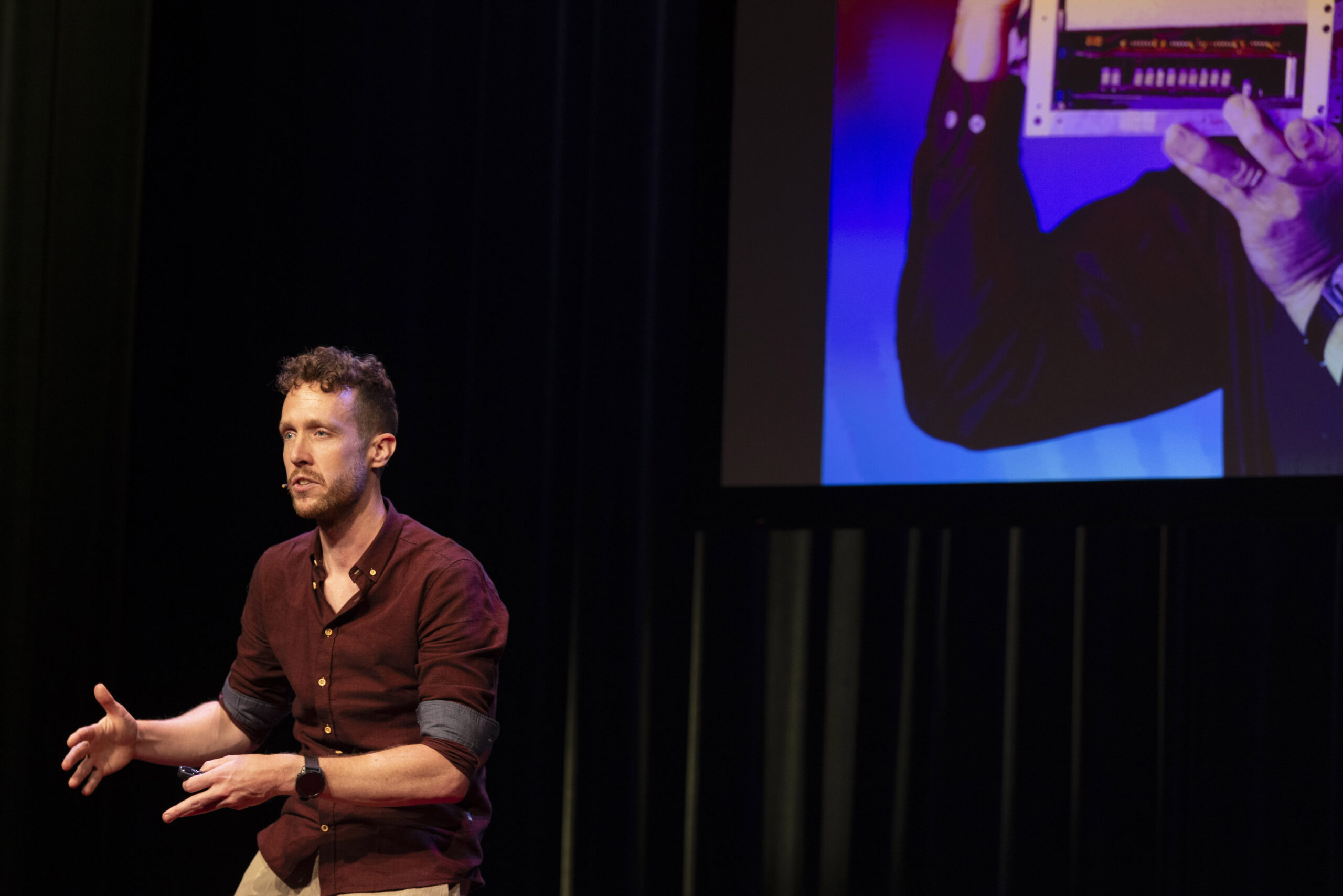
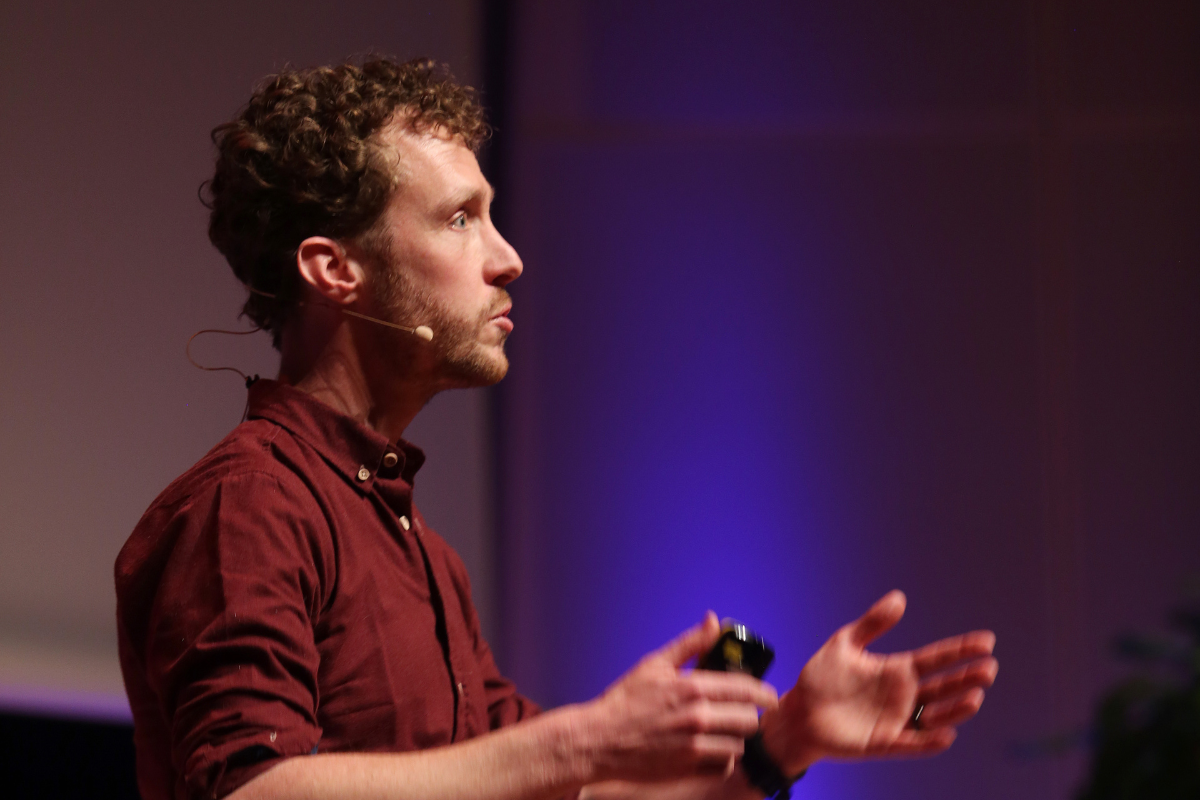
Leave A Comment